Disputes between neighbours often start with minor niggles that escalate as each side becomes entrenched in their view of what’s right or wrong. If you’d like to stay on the best of terms with the people next door, it pays to know what your legal rights and responsibilities are. Here’s your root and branch guide to gardening law for neighbours.
Careful with those loppers
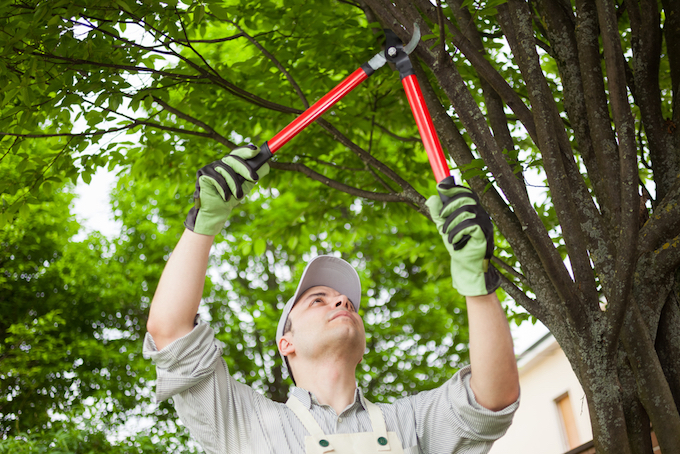
Image source: Minerva Studio
You might think you’re doing your neighbours a favour by lopping back overhanging bushes and branches which infringe your airspace, but beware burning, composting, binning or otherwise disposing of the clippings.
By law you are entitled to trim any overhanging leaves and branches up to the boundary line, but since the debris remains the property of your neighbour, you can’t get rid of it without their say so. And while you may return said twigs, you may not throw them back over the fence because this counts as fly-tipping.
Fruitful relations
The law pertaining to dangling fruit is clear cut: what emanates from your side of the line is yours; what dangles over the fence from your neighbour’s side is his or hers. If you’d like to harvest those pears protruding from next door, you must ask permission first because they’re not yours.
Tasty looking windfall? The fact that your neighbour’s fruit has detached itself from the branch and landed on your lawn doesn’t make it fair pickings. Even windfall belongs to the neighbour if the roots of the plant originate from their side of the fence. Tempted to toss those rotting, wasp-infested windfall apples back to whence they came? Don’t – it’s fly-tipping again!
Boundary disputes
Territorial battles are common throughout the animal kingdom, but few reach the levels of vitriol which, sadly, characterise many boundary disputes between human neighbours. Unfortunately, when it comes to the law, the resolution of boundary rows is not straight forward.
According to the Land Registry, the boundaries marked on the title plans they hold are usually “general” – they’re based on ordnance survey maps and don’t always stipulate exactly where the line is, nor who is responsible for maintaining the boundary. If in doubt, check your deeds, but even they don’t always give you a clear answer. Replacing a fence? Ask first and tread carefully.
Can’t see the light for the trees
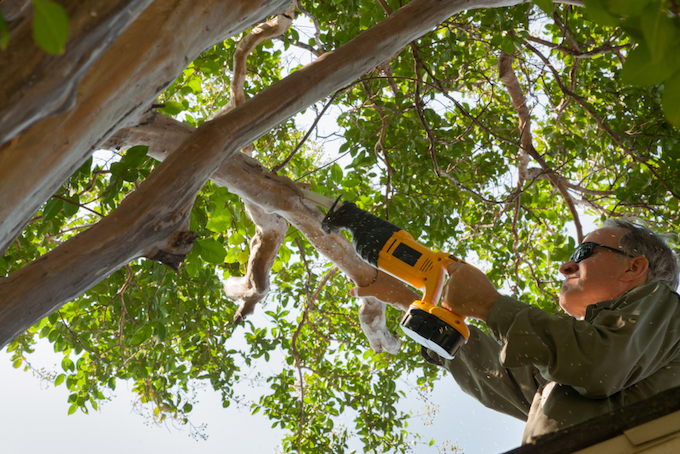
Image source: Valerie Johnson
If you don’t like the fact that the tree your neighbour recently planted impedes the free flow of light through your windows, there may be good news. If your windows benefitted from uninterrupted exposure to light during the past twenty years or more before the tree was planted, you have the right to ask for it to be felled or moved.
Fancy felling a tree or lopping off branches to let more light into your garden? Check with your local council before you sharpen your axe or chainsaw. No matter whose side of the fence that tree resides, if it’s subject to a tree preservation order, you could be letting yourself in for a whole lot of trouble.
Fallen branches
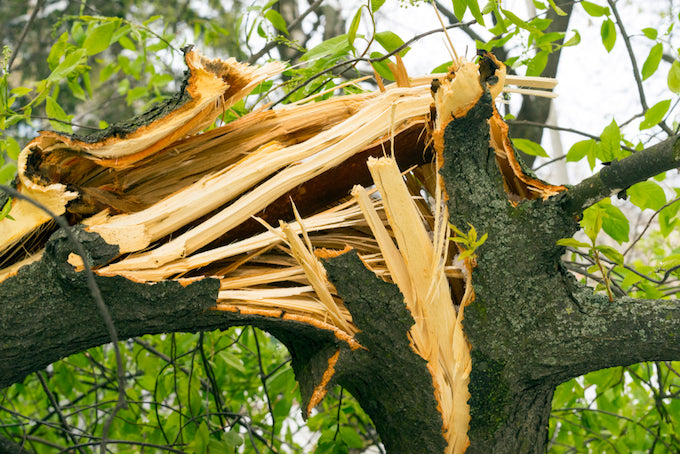
Image source: textureMAN
You’re responsible for any dangerous trees growing on your land, so if rotting branches fall on next door’s greenhouse, be prepared to dip into your wallet to pay for repairs. Better still, give the tree surgeon a ring and get the problem fixed before someone gets hurt.
Think you’re in the clear because you rent? Don’t assume that because you’re not the owner of the house, you’re not liable for damage inflicted by dangerous trees on the property. Check your lease agreement to see where the responsibility lies, and always make sure you let your landlord know as soon as you spot a potential problem.
Garden sheds
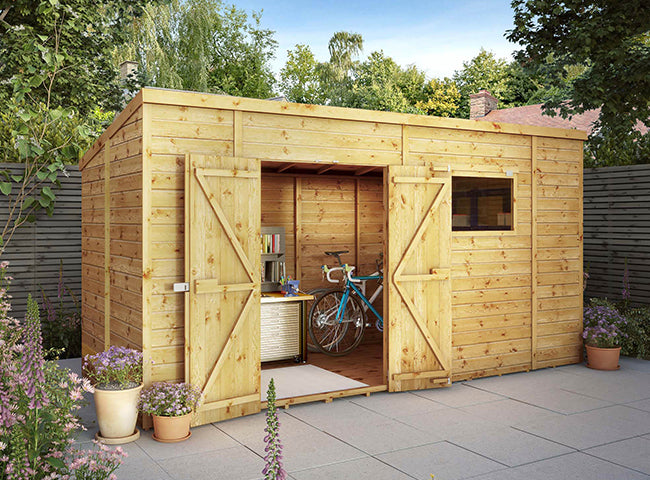
Image source: Waltons
Most garden sheds come under ‘permitted development’. That is, they’re incidental to the enjoyment of the dwelling place, not a separate dwelling place in their own right, and so do not require planning permission.
But even if all you plan to do is store tools, your garden buildings must still meet some stringent criteria, or you must apply for the relevant planning permission. For example, if your shed comes within 2m of the boundary wall or fence, no part of the structure may exceed 2.5m in height. Avoid disputes with your neighbours and planners by reading our guide to planning permission for sheds.
Right to privacy

Image source: msnobody
Kids love trampolines, but if your neighbours’ kids can peer into your garden with every bounce, it can make you feel somewhat spied upon. The good news is, you don’t necessarily have to put up with it – you do have a right to your privacy. If all else fails, your local authority should be able to help.
The same goes for security cameras – they should only film within the confines of your garden or public space. And watch those smokey barbeques, bubbling hot tubs, noisy parties etc, all of which can be deemed nuisance behaviour.
When it comes to promoting good relations with your neighbours, the best advice is to treat them in the same way that you would like them to treat you. If you’re unhappy with something they’ve done, talk to them and be prepared to compromise.
Lead image: 1000 words/Shutterstock


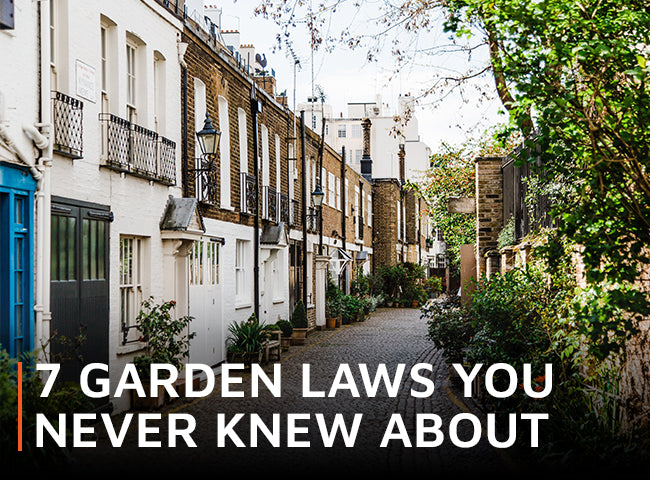
Share:
How to deal with a flooded garden